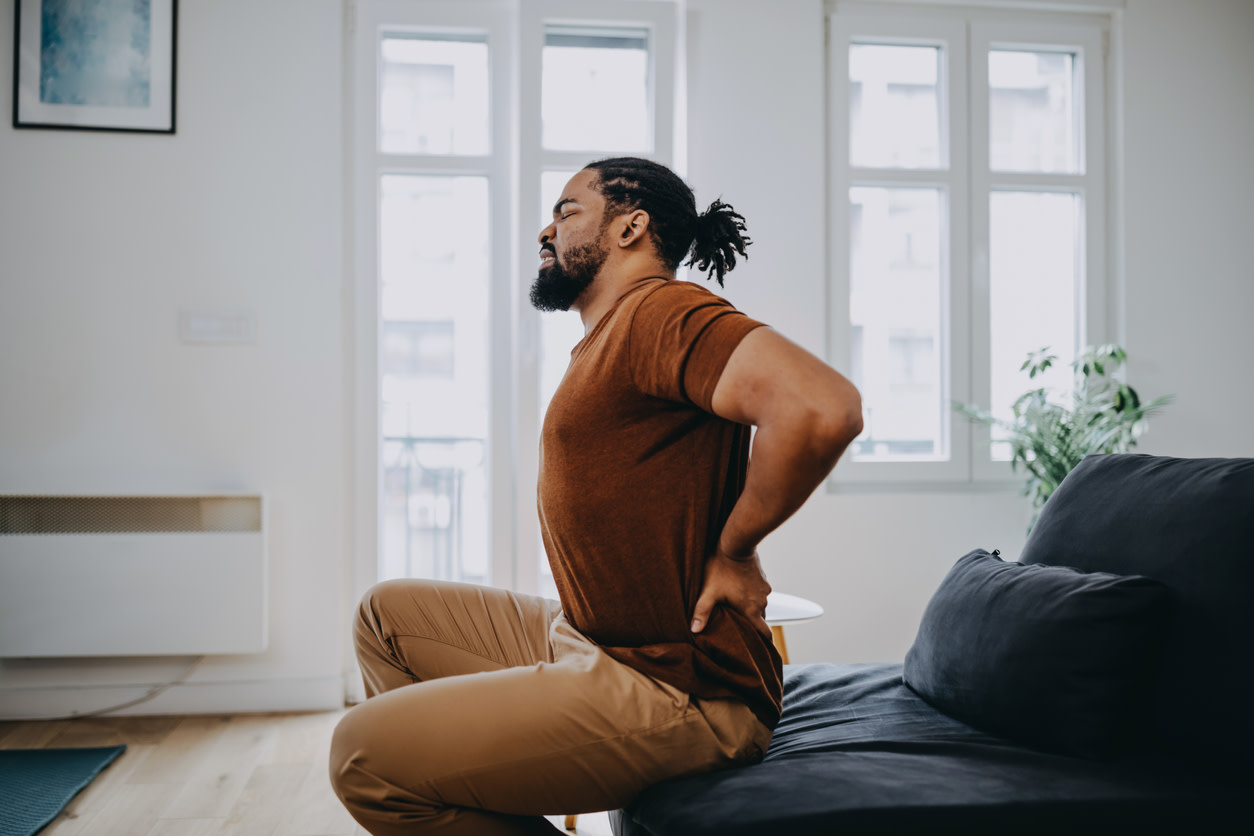Espalda tirada: ejercicios y consejos para recuperarse
Tirarte la espalda realmente puede deshacer tu rutina diaria. Así es como tratar a un arrojado por la espalda, según nuestros fisioterapeutas.
$0 costo para usted
Última actualización: Mar 28, 2025
El índice
Fully covered back pain relief
Find relief from lower back pain, a thrown out back, sciatica, & more.
Check if I'm eligibleExercises for when you throw out your back
¿Quieres atención de expertos? Consulta si estás cubierto por nuestro programa gratuito →- Postura del niño de pie
- Estiramiento flexor de cadera
- Siéntate para pararte
- Pasos laterales con bandas
